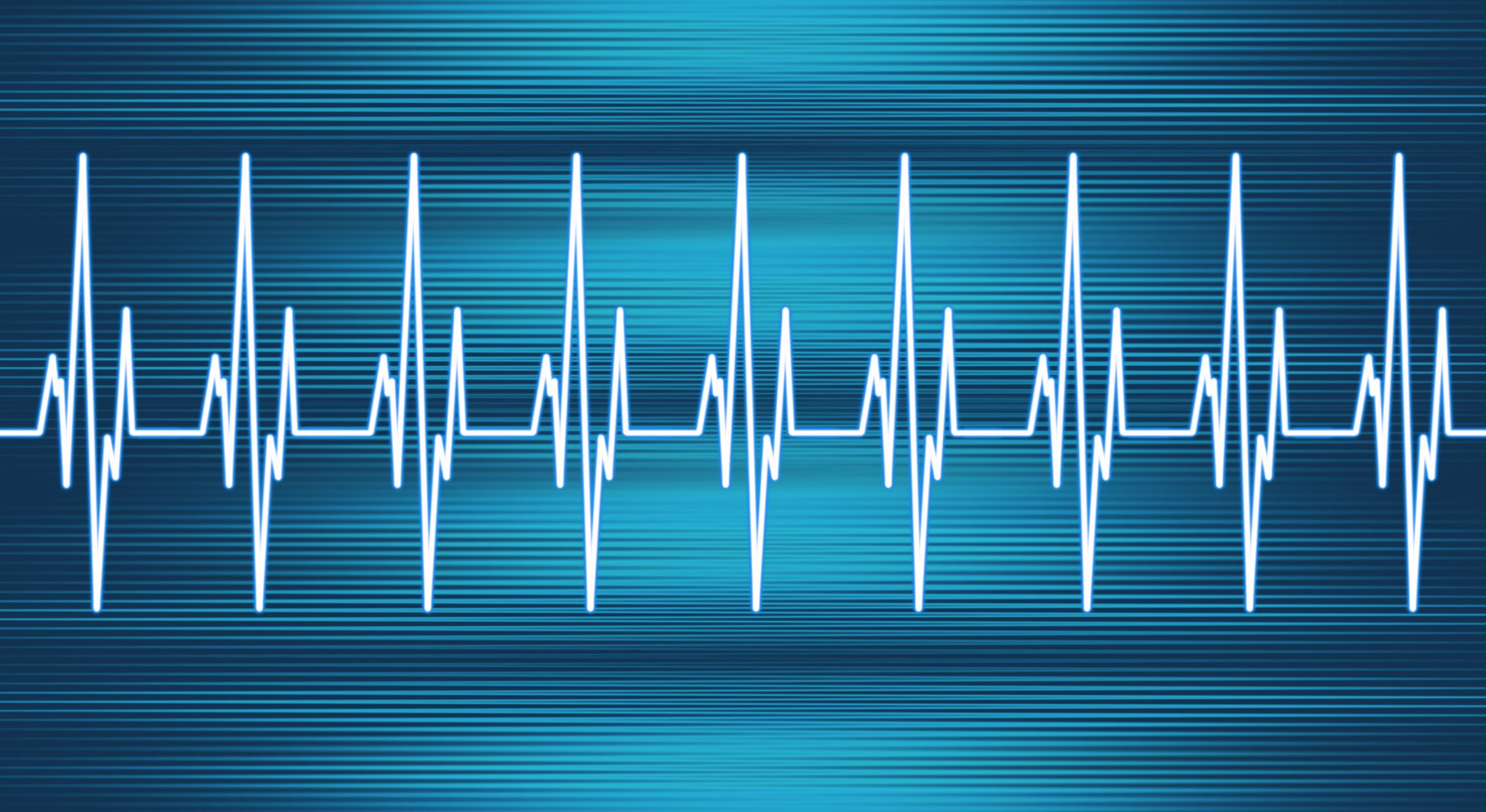
Virtual hearts are now being used to improve predictions of a person’s risk of sudden arrhythmic death syndrome (SADS), or sudden death from cardiac failure. The syndrome is often linked to genetic factors.
Using supercomputers, scientists in Sydney’s Victor Chang Cardiac Research Institute are creating genetically customized “virtual hearts” to generate predictive data on who is most likely to face SADS, which is implicated in 1.3 deaths in every 100,000 people, according to the New Scientist.
Those with the genetic mutation most likely to develop SADS possess distinctive bumps, or notched T-waves, in their ECG readouts. Virtual heart monitoring, over thousands and thousands of beats, has already allowed scientists to conclusively show that those with the most extreme T-waves are at the highest risk of dying.
Read more at New Scientist.
More Must-Reads From TIME
- The 100 Most Influential People of 2024
- The Revolution of Yulia Navalnaya
- 6 Compliments That Land Every Time
- What's the Deal With the Bitcoin Halving?
- If You're Dating Right Now , You're Brave: Column
- The AI That Could Heal a Divided Internet
- Fallout Is a Brilliant Model for the Future of Video Game Adaptations
- Want Weekly Recs on What to Watch, Read, and More? Sign Up for Worth Your Time
Contact us at letters@time.com